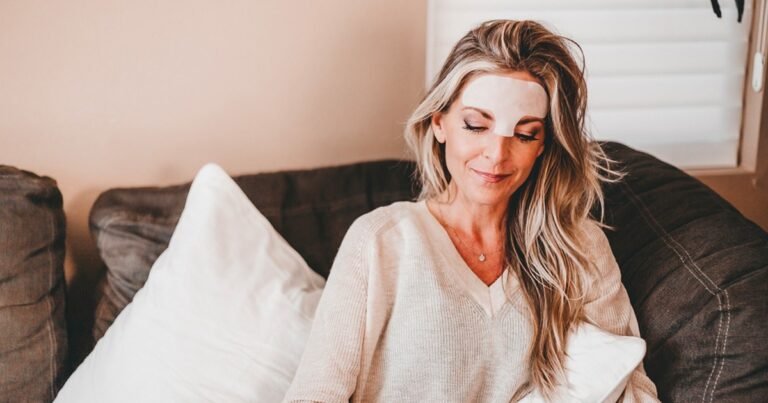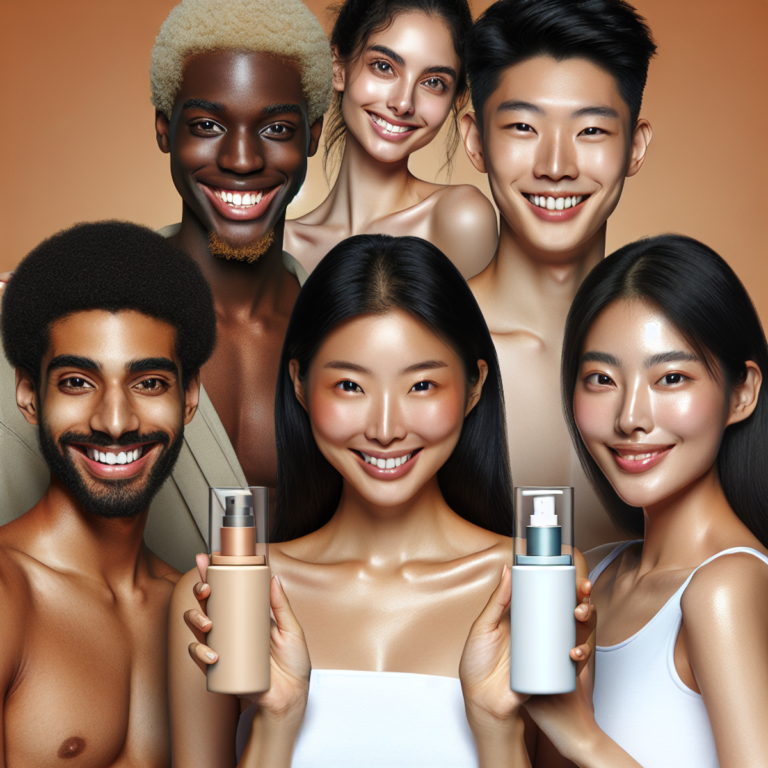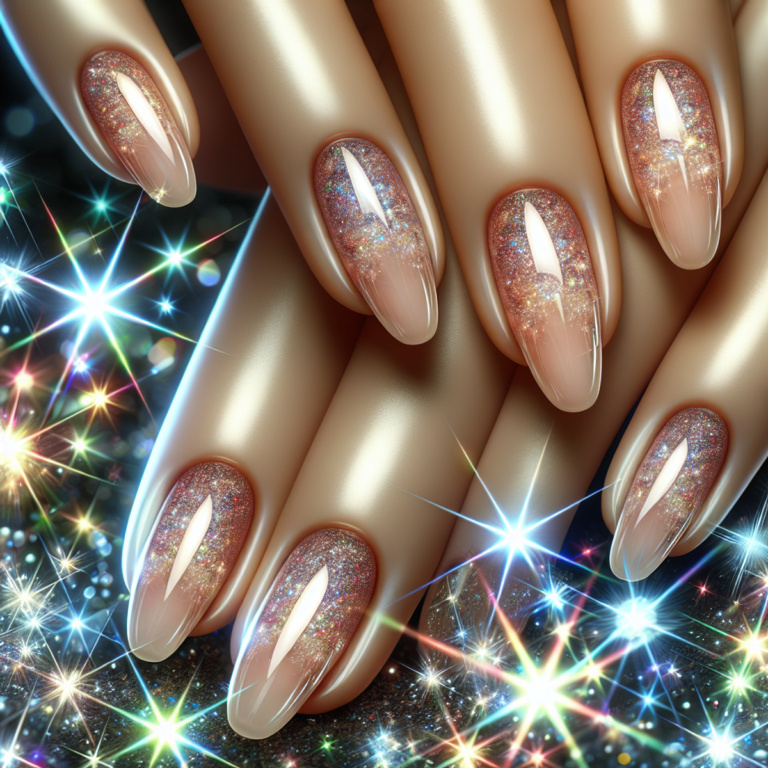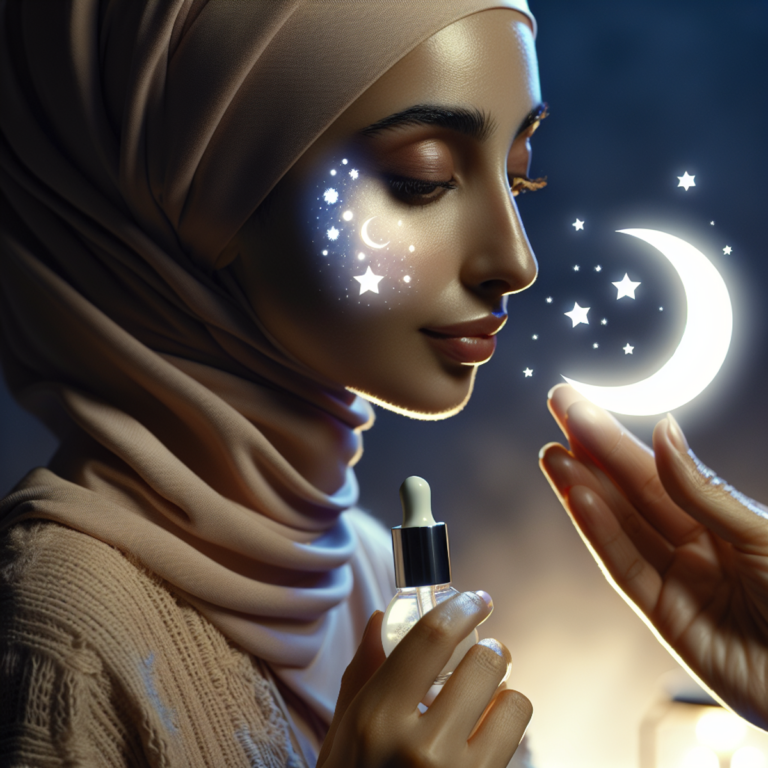How to get rid of pimples fast, according to a dermatologist
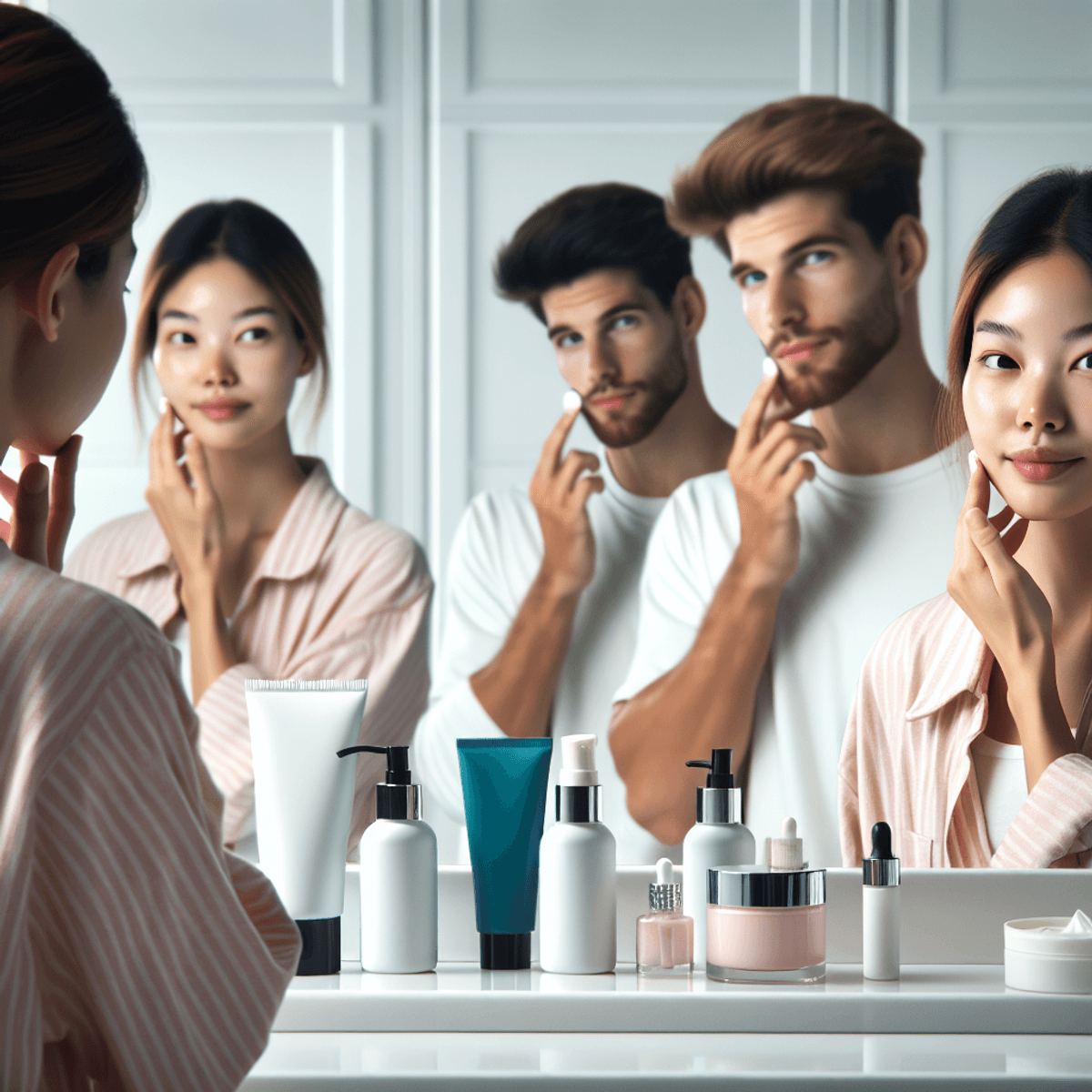
Introduction
It’s important to deal with pimples quickly to avoid scarring and reduce swelling. Pimples, often caused by clogged pores, hormonal changes, diet, and stress, can significantly impact your confidence.
Understanding the root causes of pimples helps in choosing the right treatment. Common triggers include:
- Hormonal changes: Especially during puberty or menstrual cycles.
- Diet: Eating a lot of dairy or sugary foods.
- Stress: Increases oil production leading to breakouts.
Dermatologists play a crucial role in treating acne. They provide expert advice on how to get rid of pimples fast using clinically proven methods. Whether you’re dealing with occasional blemishes or persistent acne, dermatologists offer targeted solutions tailored to your skin type and condition.
Understanding Pimples and Their Causes
What Are Pimples?
Pimples, also known as acne, are small skin lesions or inflammations that occur when the sebaceous glands (oil glands) become clogged and infected with bacteria. These blemishes are a common skin condition affecting people of all ages, particularly during puberty due to hormonal changes.
Different Types of Acne
Understanding the different types of acne can help you identify the most suitable treatment:
- Whiteheads: Closed comedones that occur when pores are blocked by sebum and dead skin cells.
- Blackheads: Open comedones where the clogged pore remains open, causing the buildup to oxidize and turn black.
- Papules: Small, red, raised bumps caused by inflamed or infected hair follicles.
- Pustules: Pimples containing pus, appearing as red circles with a white or yellow center.
- Nodules: Large, painful lumps beneath the skin caused by clogged pores deep within the dermis.
- Cystic Acne: Severe form of acne characterized by large, pus-filled cysts that can cause scarring.
Factors Contributing to Pimple Formation
Several factors can contribute to the formation of pimples:
- Hormones: Fluctuations in hormones, especially during puberty, menstruation, pregnancy, or stress can increase oil production and lead to acne.
- Diet: Foods high in sugar and dairy products may trigger or worsen acne. Maintaining a balanced diet can help manage breakouts.
- Stress: Elevated stress levels can lead to hormonal imbalances, exacerbating acne conditions.
- Genetics: A family history of acne can increase your likelihood of developing pimples.
- Skincare Products: Using products that clog pores (comedogenic) can contribute to pimple formation. Opt for non-comedogenic options.
Addressing these underlying causes can be crucial in determining how to get rid of pimples on your face effectively. Whether you’re looking for ways on how to remove pimples naturally and permanently or seeking immediate relief through dermatological treatments, understanding these factors is essential for better skin health.
Quick Treatments Recommended by Dermatologists for Fast Relief from Pimples
1. Benzoyl Peroxide: The Powerful Acne-Fighting Ingredient
How Benzoyl Peroxide Works
Benzoyl peroxide is a staple in acne treatment, known for its powerful ability to combat acne-causing bacteria and reduce inflammation. This ingredient works by:
- Killing P. acnes bacteria: This bacteria is a major contributor to acne. Benzoyl peroxide penetrates the skin and releases oxygen, creating an inhospitable environment for these anaerobic bacteria.
- Reducing inflammation: It helps to calm the redness and swelling associated with pimples, providing relief from discomfort.
Recommended Concentrations for Effectiveness
When it comes to benzoyl peroxide, concentration matters. Here’s what you need to know:
- 2.5% concentration: Ideal for those with sensitive skin or mild breakouts. This lower concentration can effectively reduce bacteria and inflammation without causing excessive dryness or irritation.
- 5% concentration: Suitable for moderate acne. It provides stronger antibacterial action while balancing the risk of potential skin irritation.
- 10% concentration: Best reserved for severe acne cases under dermatological supervision due to its higher potency and increased likelihood of irritation.
Application Tips for Best Results
To maximize the benefits of benzoyl peroxide while minimizing side effects:
- Patch Test First: Apply a small amount on a discreet area to check for adverse reactions before using it on your face.
- Start Slowly: Begin with a lower concentration (2.5%) and gradually increase if needed. Apply once daily at night until your skin adjusts.
- Use Sparingly: A pea-sized amount is usually sufficient for the entire face. Overuse can lead to excessive dryness and peeling.
- Moisturize: Follow up with a non-comedogenic moisturizer to counteract dryness and maintain skin hydration.
- Sun Protection: Benzoyl peroxide can make your skin more sensitive to the sun, so always apply sunscreen during the day.
By incorporating benzoyl peroxide into your skincare routine thoughtfully, you can effectively target pimples and achieve clearer skin quickly.
2. Salicylic Acid: The Pore-Unclogging Hero
Salicylic acid is a popular choice when it comes to quick treatments for pimples. It’s known for its ability to exfoliate dead skin cells and unclog pores, making it a key ingredient in discussions about how to get rid of pimples fast.
How It Works
Salicylic acid mainly works by breaking down the connections between dead skin cells, encouraging their removal and stopping them from blocking pores. This exfoliating process helps clear up existing pimples and lowers the chances of new ones appearing. Plus, salicylic acid goes deep into the skin, reaching the oil glands where it dissolves excess oil, another big factor in acne.
Different Forms Available
When thinking about using salicylic acid for acne treatment, you have several choices:
- Cleansers: These are made for daily use and usually have lower concentrations (0.5% to 2%). They offer gentle exfoliation that can help keep your skin clear over time.
- Spot Treatments: These products often contain higher concentrations (up to 5%) and are meant for direct application on individual pimples. They aim to deliver a stronger dose of the active ingredient to quickly reduce inflammation and clear blocked pores.
Best Concentration for Various Skin Types
- Sensitive Skin: If your skin tends to get irritated easily, start with a lower concentration around 0.5%. Using salicylic acid in a cleanser form might also be helpful as it gets washed off instead of staying on your skin.
- Oily or Acne-Prone Skin: Higher concentrations up to 2% in cleansers or up to 5% in spot treatments can work well. These stronger formulas are better suited for controlling excessive oil production and dealing with stubborn acne.
Adding salicylic acid into your skincare routine can be an effective way to tackle how to get rid of pimples fast, according to a dermatologist’s advice. Whether you prefer the ease of a daily cleanser or the focused action of a spot treatment, salicylic acid provides flexible options designed for different skin types and needs.
3. Pimple Patches: Convenient Overnight Treatment Option
Pimple patches are a popular quick treatment for pimples, often recommended by dermatologists for their effectiveness and convenience. These small, adhesive patches work by absorbing excess oil and reducing redness, making them an ideal option for overnight use.
How Pimple Patches Work
Pimple patches function through a combination of hydrocolloid technology and active ingredients. Hydrocolloid is a moisture-retentive dressing that:
- Draws out impurities from the pimple.
- Absorbs excess oil.
- Creates a protective barrier to prevent further irritation.
The result is a reduction in inflammation and visible improvement in the pimple’s appearance by morning.
Common Ingredients in Pimple Patches
Different types of pimple patches may contain various active ingredients aimed at enhancing their efficacy:
- Salicylic Acid: Helps to exfoliate dead skin cells and unclog pores.
- Tea Tree Oil: Offers antibacterial properties to combat acne-causing bacteria.
- Niacinamide: Reduces redness and inflammation.
These ingredients contribute to faster healing and can be beneficial depending on your skin type and acne severity.
When to Use Pimple Patches
For optimal results, use pimple patches when you notice the early signs of a breakout or on existing pimples that need quick treatment.
Overnight Application: Apply before bed to allow the patch to work while you sleep. Daytime Use: Some patches are thin enough to be worn under makeup, providing continuous treatment throughout the day.
By incorporating pimple patches into your routine, you can achieve quicker relief from pimples with minimal effort. They offer a practical solution for those looking to manage breakouts swiftly and effectively.
4. Cortisone Injections: Immediate Relief for Inflamed Pimples
Cortisone injections offer a rapid solution for painful cystic acne lesions. These injections are particularly effective for those deep, inflamed pimples that resist other treatments. Dermatologists often recommend cortisone injections as a quick treatment for pimples due to their ability to significantly reduce swelling and inflammation.
When to Consider Cortisone Injections
- Severe Cystic Acne: Ideal for large, painful cysts that do not respond to topical treatments.
- Special Occasions: Useful before important events where clear skin is desired.
- Quick Relief: Suitable when immediate reduction in size and pain is needed.
Expected Results and Time Frame
- Rapid Improvement: Many patients notice a reduction in swelling within 24 to 48 hours.
- Pain Reduction: Immediate relief from the pain associated with inflamed lesions.
- Minimal Scarring: Helps prevent scarring by reducing inflammation quickly.
Potential Side Effects
While cortisone injections are highly effective, they come with some potential side effects:
- Skin Thinning: Repeated use can lead to thinning of the skin at the injection site.
- Depigmentation: Temporary lightening of the skin may occur.
- Localized Pain: Some discomfort at the injection site is possible.
Dermatologists typically administer these injections during an office visit, ensuring that the right amount of cortisone is used to minimize side effects. For those looking for quick treatments for pimples, cortisone injections offer a combination of effectiveness and convenience, making them a valuable option in the quest for clearer skin.
5. Ice Application: A Simple Yet Effective Method to Reduce Swelling
Applying ice directly to inflamed pimples can offer immediate relief. Ice therapy for pimples works by constricting blood vessels and minimizing swelling, making it one of the quickest treatments for pimples.
Benefits of Applying Ice on Inflamed Pimples:
- Reduces Inflammation: The cold temperature helps reduce the inflammation caused by acne, making the pimple less noticeable.
- Minimizes Swelling: Constriction of blood vessels leads to a decrease in swelling, which can significantly reduce the size of a pimple.
- Pain Relief: Ice can numb the area, providing temporary relief from pain and discomfort associated with larger, inflamed pimples.
How to Apply Ice Safely and Effectively:
- Wrap the Ice: Always wrap the ice cube in a clean cloth or paper towel. Direct application of ice can damage the skin.
- Duration: Apply the wrapped ice to the affected area for 1-2 minutes at a time.
- Frequency: Repeat this process every few hours as needed, but avoid excessive use which could lead to skin irritation.
By incorporating this simple yet effective method into your skincare routine, you can quickly address the symptoms of inflamed pimples.
6. Tea Tree Oil: Natural Antibacterial Remedy for Mild Breakouts
Tea tree oil is a popular natural remedy known for its antibacterial properties. It’s an effective solution for mild breakouts, helping to prevent new pimples from forming.
How Tea Tree Oil Works
Tea tree oil contains terpinen-4-ol, an active ingredient that has been shown to kill acne-causing bacteria. This makes it a potent option for targeting and reducing the bacteria responsible for breakouts. By eliminating these bacteria, tea tree oil can help reduce inflammation and redness, providing a clearer complexion.
Pro Tip: When searching for tea tree oil products, look for those with at least 5% concentration of terpinen-4-ol to ensure efficacy.
Using Tea Tree Oil Safely
Using tea tree oil safely is essential to avoid skin irritation:
- Patch Testing: Before applying tea tree oil to your face, perform a patch test. Apply a small amount of diluted tea tree oil (mix with a carrier oil like jojoba or coconut oil) on your forearm and wait 24 hours. If no irritation occurs, it’s safe to use on your face.
- Spot Treatment: For best results, use tea tree oil as a spot treatment. Apply a small amount directly onto the pimple using a cotton swab. Avoid using undiluted tea tree oil over large areas of your skin as it can cause dryness and irritation.
- Dilution: Always dilute tea tree oil before applying it to your skin. A common dilution ratio is one part tea tree oil to nine parts carrier oil.
For those allergic to tea tree oil or looking for alternatives, consider other natural remedies like witch hazel or aloe vera, which also have anti-inflammatory and soothing properties.
Quick Tip: Incorporate products containing tea tree oil into your nightly skincare routine to combat breakouts while you sleep.
Tea tree oil offers an effective and convenient way to address mild acne concerns, making it a go-to option in the realm of quick treatments for pimples.
Long-Term Strategies for Managing Breakouts Beyond Quick Fixes
1. Skincare Routine Essentials: Building a Foundation for Clear Skin
A consistent skincare routine is crucial in preventing future breakouts and maintaining clear skin. It’s not just about treating existing pimples but also ensuring that new ones don’t form.
Importance of a Consistent Skincare Routine
Maintaining a regular skincare regimen helps to keep your skin balanced, clean, and less prone to acne. This consistency can prevent clogged pores, reduce oil production, and remove dead skin cells that contribute to pimple formation.
Recommended Products that are Non-Comedogenic
Selecting the right products is essential for an effective skincare routine. Dermatologists recommend using non-comedogenic products, which means they won’t clog pores. Here are some product recommendations:
- Cleanser: A gentle, non-foaming cleanser can help remove excess oil and impurities without stripping the skin.
- Toner: An alcohol-free toner with soothing ingredients like witch hazel or rose water can help balance the skin’s pH levels.
- Moisturizer: Look for lightweight, oil-free moisturizers that hydrate the skin without causing breakouts.
- Sunscreen: Always opt for a broad-spectrum sunscreen with at least SPF 30. Many sunscreens are now available in non-comedogenic formulas suitable for acne-prone skin.
Steps in an Effective Skincare Regimen
Implementing an effective skincare regimen involves specific steps to ensure comprehensive care:
- Cleansing: Start your morning and evening routines with a gentle cleanser to remove dirt, oil, and makeup.
- Toning: After cleansing, apply toner using a cotton pad or your hands to refresh and prepare your skin for other treatments.
- Treatments: Use targeted treatments like serums containing ingredients such as niacinamide or hyaluronic acid to address specific skin concerns.
- Moisturizing: Apply a suitable moisturizer to maintain hydration levels and support the skin barrier.
- Sun Protection (Morning): Finish off your morning routine with sunscreen to protect against harmful UV rays.
Additional Tips for Acne-Prone Skin
- Exfoliation: Incorporate gentle exfoliation into your routine 1-2 times a week using chemical exfoliants like alpha hydroxy acids (AHAs) or beta hydroxy acids (BHAs). These help in removing dead skin cells without causing irritation.
- Avoid Over-Washing: Washing your face too frequently can strip the natural oils, leading to increased oil production and potential breakouts.
- Hydration: Keeping your skin well-hydrated is essential even if you have oily or acne-prone skin. Dehydrated skin can produce more oil to compensate.
A well-structured skincare routine not only targets existing pimples but also establishes a long-term defense against future breakouts.
2. Avoiding Picking or Popping Pimples: Breaking the Cycle of Aggravation
One of the most critical long-term strategies for managing breakouts is to resist the urge to pick or pop your pimples. While it might seem like a quick fix, this habit can lead to several adverse effects that worsen your skin condition.
Consequences of Picking Pimples
- Increased Inflammation: Squeezing a pimple can push bacteria and debris deeper into the skin, causing more redness and swelling.
- Scarring: Manipulating blemishes often results in permanent scars. The more you pick, the higher the risk of leaving unsightly marks on your face.
- Spread of Bacteria: Touching your face with unclean hands can introduce new bacteria, leading to additional breakouts.
- Delayed Healing: Interfering with a pimple can prolong its life cycle, making it take longer to heal.
Understanding these consequences underscores why dermatologists strongly advise against picking at your skin. Instead, focus on effective treatments and a robust skincare routine for acne-prone skin.
Strategies to Resist Picking
- Use Spot Treatments: Apply spot treatments with benzoyl peroxide or salicylic acid to target pimples directly and reduce inflammation.
- Keep Hands Busy: Find activities that keep your hands occupied to reduce the temptation of touching your face.
- Maintain a Clean Environment:
- Regularly change pillowcases and towels.
- Sanitize objects that come into contact with your face, like phone screens.
- Mindfulness Practices: Techniques such as meditation and stress management can reduce compulsive behaviors related to picking.
- Seek Professional Help: If picking becomes a significant issue, consult a dermatologist who may recommend therapies or medications to address both acne and compulsive behaviors.
By incorporating these strategies, you not only prevent aggravating existing pimples but also foster an environment conducive to healing and clear skin maintenance. This approach aligns seamlessly with other long-term solutions for managing breakouts effectively.
3. Non-Comedogenic Makeup: Choosing Products That Won’t Clog Your Pores
Using non-comedogenic makeup is a crucial step in maintaining clear skin and preventing future breakouts. These products are specifically formulated to avoid clogging pores, which can lead to pimples and other forms of acne. For a deeper understanding of the benefits of non-comedogenic skincare, you can explore this informative article.
Why Non-Comedogenic Makeup Matters
Makeup products that are not labeled as non-comedogenic often contain ingredients that can block your pores. This blockage traps oils and dead skin cells, creating an environment where acne-causing bacteria can thrive. By choosing non-comedogenic options, such as those found in this personal journey about discovering non-comedogenic makeup, you reduce the risk of exacerbating your acne and allow your skin to breathe.
How to Identify Non-Comedogenic Makeup
When shopping for makeup, look for labels that explicitly state “non-comedogenic” or “won’t clog pores.” It’s also helpful to review the ingredient list for common pore-clogging substances such as:
- Silicones (e.g., dimethicone)
- Mineral oil
- Lanolin
- Petrolatum
Top Non-Comedogenic Ingredients to Look For
Certain ingredients are known to be safe for acne-prone skin and unlikely to cause breakouts. These include:
- Titanium dioxide and zinc oxide: Often found in mineral makeup, these ingredients provide natural sun protection without clogging pores.
- Salicylic acid: Helps to keep pores clear by gently exfoliating the skin.
- Hyaluronic acid: Provides hydration without adding oil or causing congestion.
Recommended Brands and Products
Many brands offer non-comedogenic options tailored for acne-prone skin. Some popular choices include:
- Neutrogena SkinClearing® Liquid Makeup: Contains salicylic acid to help treat and prevent breakouts.
- Clinique Acne Solutions™ Liquid Makeup: Formulated with medicated ingredients to combat acne while providing coverage.
- bareMinerals Original Foundation SPF 15: A mineral-based powder foundation that’s gentle on sensitive skin and free from harsh chemicals.
For a more detailed review on specific non-comedogenic products like the ILIA Beauty Skin Rewind Blurring Foundation and Concealer Complexion Stick, you can check out this in-depth product review.
Application Tips for Acne-Prone Skin
Even with non-comedogenic products, how you apply your makeup can impact your skin’s health:
- Start with a clean face: Use a gentle cleanser suitable for acne-prone skin before applying any makeup.
- Use clean tools: Regularly clean your brushes and sponges to remove buildup of bacteria and product residue.
- Avoid heavy layers: Apply thin layers of makeup to allow your skin to breathe, reducing the risk of clogged pores.
Maintaining a skincare routine for
4. Blue Light Therapy: Using Technology to Fight Acne-Causing Bacteria
Blue light therapy is a cutting-edge solution for those looking for long-term ways to manage breakouts. This non-invasive treatment specifically targets acne-causing bacteria, offering a scientifically-proven method to achieve clearer skin.
How Blue Light Therapy Works
Blue light therapy uses specific wavelengths of blue light to penetrate the skin and eliminate Propionibacterium acnes (P. acnes), the bacteria responsible for many types of acne. The light activates porphyrins within the bacteria, producing reactive oxygen species that effectively destroy the bacterial cells.
Benefits of Blue Light Therapy
- Non-Invasive: Unlike some other treatments, blue light therapy doesn’t involve needles or surgery.
- Minimal Side Effects: Users typically experience fewer side effects compared to traditional topical treatments or oral medications. Common side effects include mild redness or dryness.
- Quick Sessions: Treatments can be performed in short sessions, often lasting only 15-20 minutes.
- Suitable for Various Skin Types: Safe for all skin types and tones, making it an inclusive option for many people struggling with acne.
Application and Frequency
Blue light therapy can be done in a dermatologist’s office using professional-grade devices or at home with handheld devices designed for personal use.
- In-Office Treatments: These are generally more powerful and may provide faster results. Sessions are typically scheduled once or twice a week over several weeks.
- At-Home Devices: While less potent than professional equipment, home devices offer convenience and affordability. Daily or bi-weekly application is often recommended, depending on the device’s specifications.
Combining with Other Treatments
For best results, blue light therapy can be part of a complete skincare routine for acne-prone skin:
- Topical Treatments: Combine blue light therapy with benzoyl peroxide or salicylic acid to enhance antibacterial effects and pore-clearing benefits.
- Hydration: Maintain skin hydration by using non-comedogenic moisturizers to prevent dryness from intensified treatments.
Considerations Before Starting
Before starting blue light therapy, it’s a good idea to consult with a dermatologist to determine suitability and develop a personalized treatment plan. Those with photosensitivity or specific medical conditions should be cautious.
Incorporating blue light therapy into your skincare routine can significantly help in reducing acne while promoting overall skin health. This modern technique works well with other methods discussed, providing an additional layer of defense against persistent breakouts.
Natural Remedies That Promote Permanent Solutions Against Pimples
1. Lifestyle Changes That Support Clearer Skin from Within
Addressing acne isn’t just about topical treatments; lifestyle changes can play a significant role in promoting clear skin.
Diet and Nutrition
What you eat can influence your skin’s health. Incorporate the following dietary habits:
- Hydration: Drink plenty of water to keep your skin hydrated and flush out toxins.
- Antioxidant-rich Foods: Include fruits and vegetables high in antioxidants, such as berries, spinach, and nuts.
- Omega-3 Fatty Acids: Found in fish like salmon and flaxseeds, these can help reduce inflammation.
- Low Glycemic Index Foods: Opt for whole grains over refined sugars to prevent spikes in blood sugar levels that can trigger acne.
Stress Management
Stress is a known trigger for acne breakouts. Implement stress-reducing techniques:
- Exercise: Regular physical activity helps reduce stress hormones.
- Mindfulness Practices: Techniques like meditation and yoga can promote mental well-being.
- Adequate Sleep: Aim for at least 7-8 hours of sleep per night to allow your body to repair itself.
Skincare Habits
Consistency with skincare routines is key:
- Gentle Cleansing: Use a mild cleanser twice daily to remove dirt and excess oil without stripping natural moisture.
- Moisturizing: Non-comedogenic moisturizers help maintain the skin barrier without clogging pores.
- Sun Protection: Apply sunscreen daily to protect against UV damage that can exacerbate acne.
Avoiding Harmful Habits
Simple changes in routine can prevent acne flare-ups:
- Hands Off Face: Avoid touching your face frequently to prevent transferring bacteria and oils.
- Clean Pillowcases and Towels: Regularly wash pillowcases and towels to remove bacteria that could contribute to breakouts.
- Avoid Smoking: Smoking can impair skin health and hinder healing processes.
Natural Topical Remedies
Some natural ingredients have proven benefits for acne-prone skin:
- Aloe Vera: Known for its anti-inflammatory properties, aloe vera gel can soothe irritated skin.
- Honey Masks: Raw honey has antibacterial properties that may help reduce acne-causing bacteria.
By integrating these lifestyle changes, you support clearer skin from within, providing a foundation for more effective topical treatments. For persistent or severe cases, consulting a dermatologist ensures you receive a tailored approach to manage your acne effectively.
FAQs (Frequently Asked Questions)
What are the common causes of pimples?
Pimples can be caused by various factors including hormonal changes, diet, and stress. Understanding these triggers is essential for effective treatment.
How does benzoyl peroxide help in treating pimples?
Benzoyl peroxide is a powerful acne-fighting ingredient that works by killing acne-causing bacteria and reducing inflammation. It is available in various concentrations, and dermatologists recommend specific application tips for optimal results.
What are pimple patches and how do they work?
Pimple patches are convenient overnight treatment options that absorb excess oil and reduce redness. They typically contain ingredients that help to heal the pimple and are most effective when used early on.
What long-term strategies can help manage breakouts?
Long-term strategies include maintaining a consistent skincare routine with non-comedogenic products, avoiding picking or popping pimples, and considering blue light therapy to combat acne-causing bacteria.
Can tea tree oil be used for treating mild breakouts?
Yes, tea tree oil has natural antibacterial properties that can help prevent new pimples from forming. It’s important to use it safely, including conducting a patch test to check for allergies.
What lifestyle changes can promote clearer skin?
Lifestyle changes such as maintaining a balanced diet, managing stress levels, and ensuring proper hydration can support clearer skin from within and complement topical treatments.


